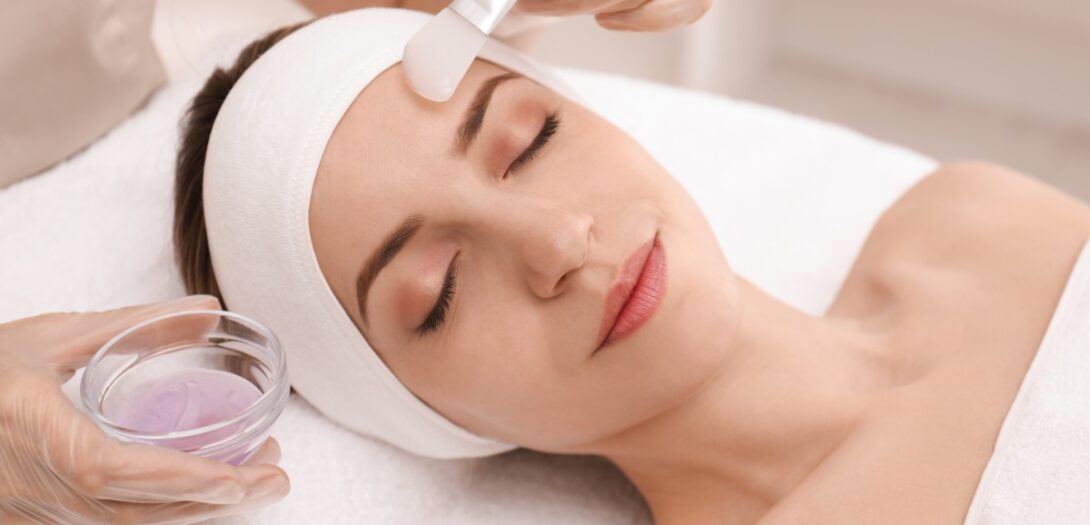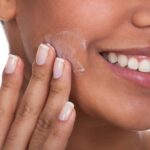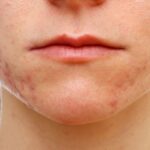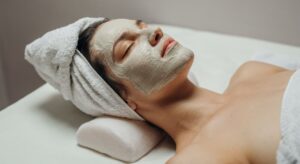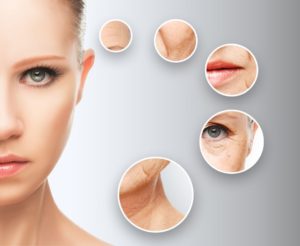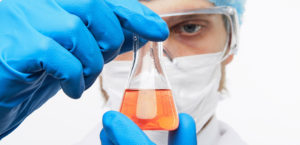The word chemical peel evokes a terrifying image because there is a tremendous amount of false information on the internet that people have been circulating around. In fact, a chemical peel is one of the most effective treatments for various skin conditions, including tired, rough, dull skin, acne, hyperpigmentation, and uneven skin tone. Let’s clear up many of the myths and truths surrounding chemical peels.
• Myth: 01
One of the most common misconceptions about chemical peel is that it heavily peels away the skin’s surface. Instead, the chemical solution exfoliates the top surface to remove dead skin cells. Peeling is simply a possible side effect of a chemical that an esthetician formulates to make some changes at a cellular level, so patients do not experience heavy peeling. The amount of peeling depends upon your current skin condition and sensitivity level. The practitioner examines the skin condition first and then applies an appropriate peel to the patient’s skin to avoid adverse reactions.
• Myth: 02
It is often assumed that people with sensitive skin cannot have a chemical peel, which is false. Instead, several types of peels are specially formulated for sensitive skin. The formulas and the ingredients are carefully selected to calm the inflammation associated with problematic skin. In addition, they strengthen the capillary walls to reduce the redness and visibility of spider veins. Certain chemical peels boost lymphatic drainage to eliminate the bacteria responsible for redness and irritation.
• Myth: 03
Some people expect all skin problems to be fixed by a single chemical peel. In contrast, a patient can only see the marginal results after the initial session. So it is recommended to get a series of treatments to see optimal results. Usually, 6-8 treatment sessions 4-6 weeks apart are required to address specific skin concerns.
• Myth: 04
Another common myth about the chemical peel is every patient experiences a tremendous amount of redness and irritation after the chemical peel. Easy and accessible remedies can relieve the mild redness but if the side effects are intense, consult the doctor immediately.
• Myth: 05
All peels are created the same is another misconception. In fact, there are many different peels specialized for various skin conditions and concerns. For example, if you suffer from acne breakouts, the practitioner will use the peel to help with acne. Likewise, people get the chemical peel to target skin pigmentation, wrinkles, or dull complexion.
• Myth: 06
Only people with problematic skin can get the chemical peel. False. It is an effective treatment that resolves skin imperfections and maintains the skin’s health and appearance. It can be used as a treatment option to help restores healthy skin and prevent the signs of aging, clogged pores, rough texture, and dull skin tone. Mild, regular peels are a great way to keep your skin smooth, radiant, and hydrated.
• Myth: 07
People with dry skin avoid getting the chemical peel because they think it will over-dry their skin. It is a myth. In fact, the chemical peel effectively removes dead skin cells and allows the skin to restore its natural moisture barrier. In addition, it improves the skin absorption capacity. Moisturizers and other hydrating products absorb the skin deeply and prevent over-drying.
Book Your Appointments at James Christian Cosmetics
Chemical peels are a fantastic way to address various skin problems, including acne, sunspots, wrinkles, hyperpigmentation, and scars. Schedule a free consultation at James Christian Cosmetics to find out if the chemical peel is the right treatment for you. Our crew will be pleased to help you improve your skin. You can trust our professionals to choose a peel that best suits your concerns and needs.
*Information in this article is not medical advice and may not be factually accurate. It is intended for entertainment purposes only. Consult with a physician before attempting any tips in this blog post and to get the most up to date factual data about any procedure or treatment.

